Tag: Angular 17
-
Angular Firebase Chat App
Creating a basic chat application in Angular involves several steps, from setting up your Angular project to creating the chat UI and integrating real-time messaging functionality. This example will guide you through creating a simple chat application using Angular 17 and Firebase for real-time database functionalities. Firebase is a popular choice for real-time applications due…
Written by

-
Sharing components between different projects in Angular 17
Sharing components between different projects in Angular, especially in a monorepo environment, is a common practice that enhances reusability and consistency across projects. Angular provides several methods to share components, services, directives, pipes, and other entities between projects. Here’s how you can do it: 1. Angular Libraries Creating Angular libraries is the most common and…
Written by
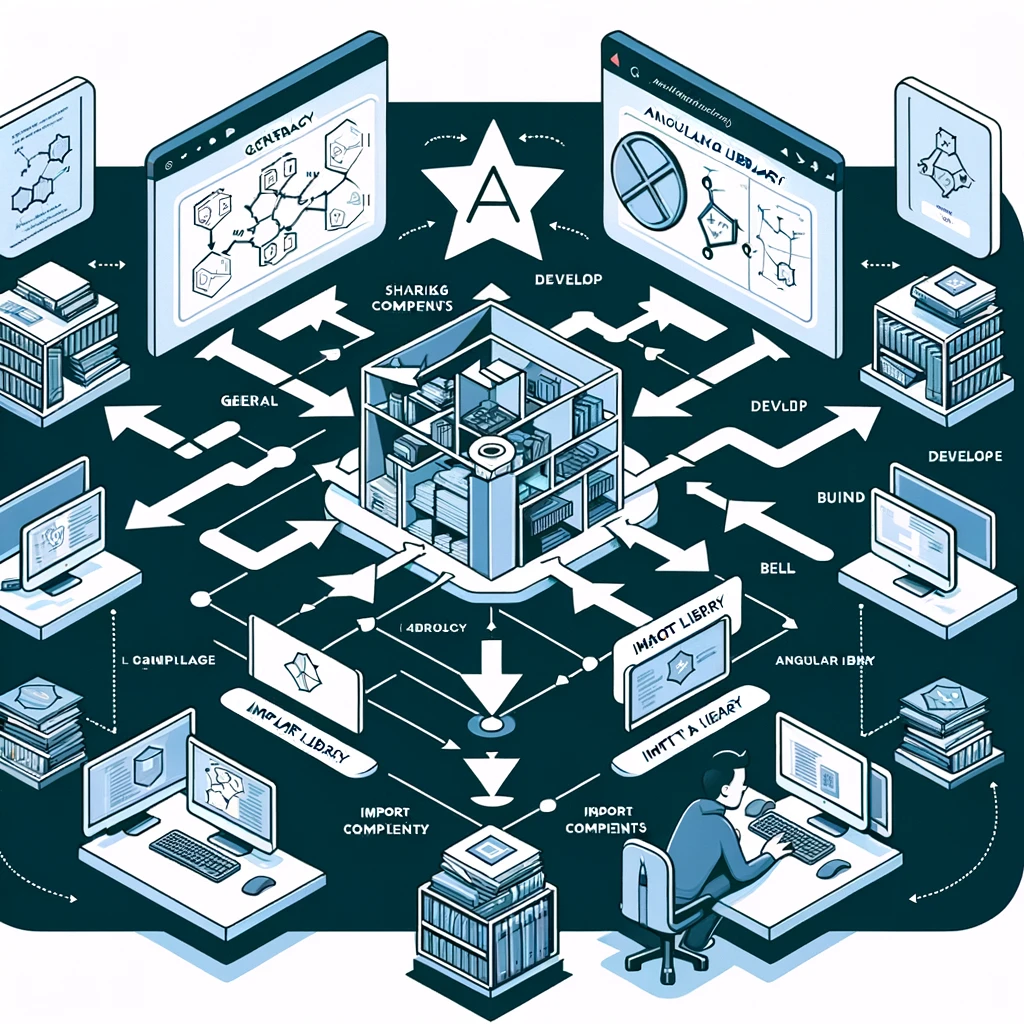
-
Creating a Step Form (also known as a wizard form) in Angular 17
Creating a step form (also known as a wizard form) in Angular involves a few key steps: organizing the form into distinct steps, managing form data across these steps, and controlling navigation between steps. Angular’s powerful form handling capabilities, particularly with Reactive Forms, make it well-suited for this task. Below is a simplified guide to…
Written by
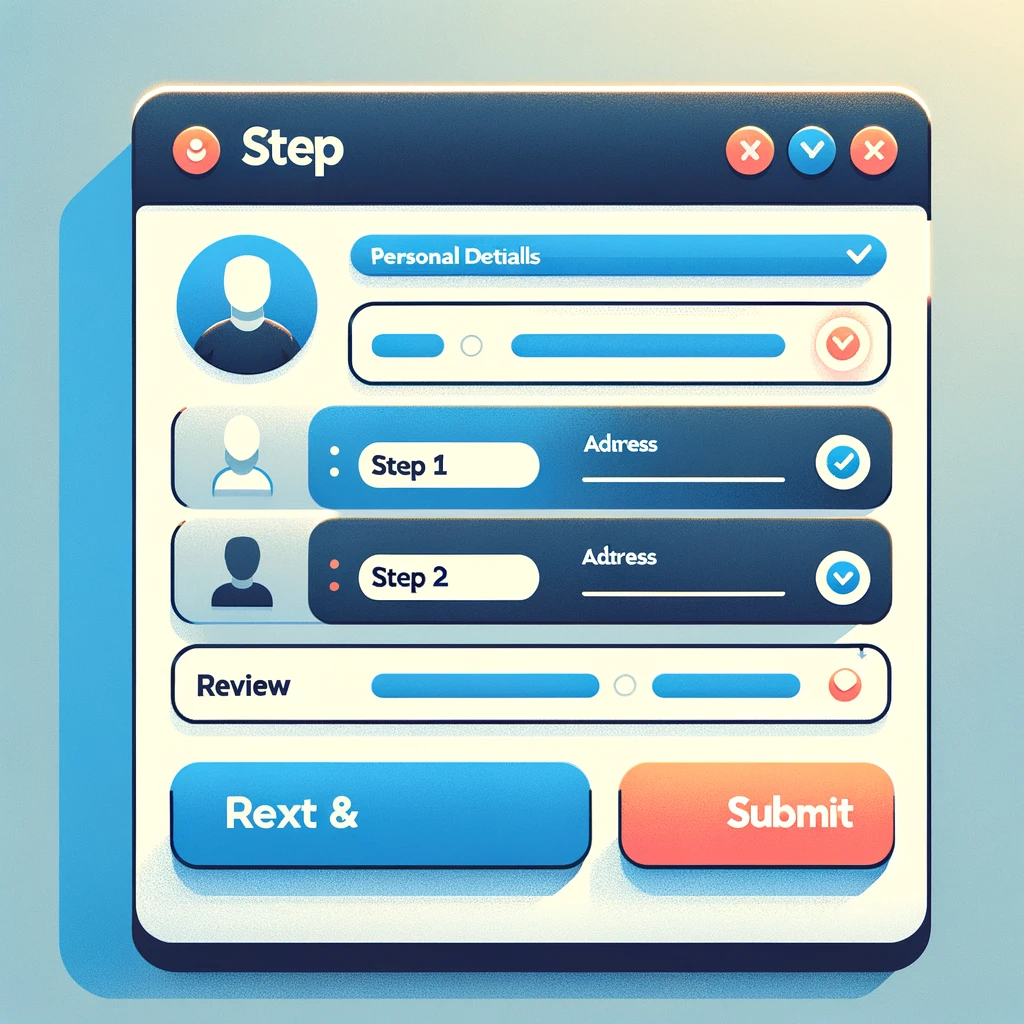
-
Benefits of micro frontend in Angular 17
Micro frontends represent a design approach in which a frontend app is decomposed into individual, semi-independent “microapps” working loosely together. Each microapp handles a portion of the business logic and UI, aiming for better scalability, maintainability, and development speed. With the release of Angular 17, utilizing micro frontends can offer several benefits, especially given Angular’s…
Written by

-
How to make code editor in angular 17?
Creating a code editor in Angular involves integrating a code editor library that can provide the necessary features for code editing, such as syntax highlighting, line numbering, and language-specific suggestions. One popular choice for integrating a code editor into a web application is Monaco Editor, which is the code editor that powers Visual Studio Code.…
Written by
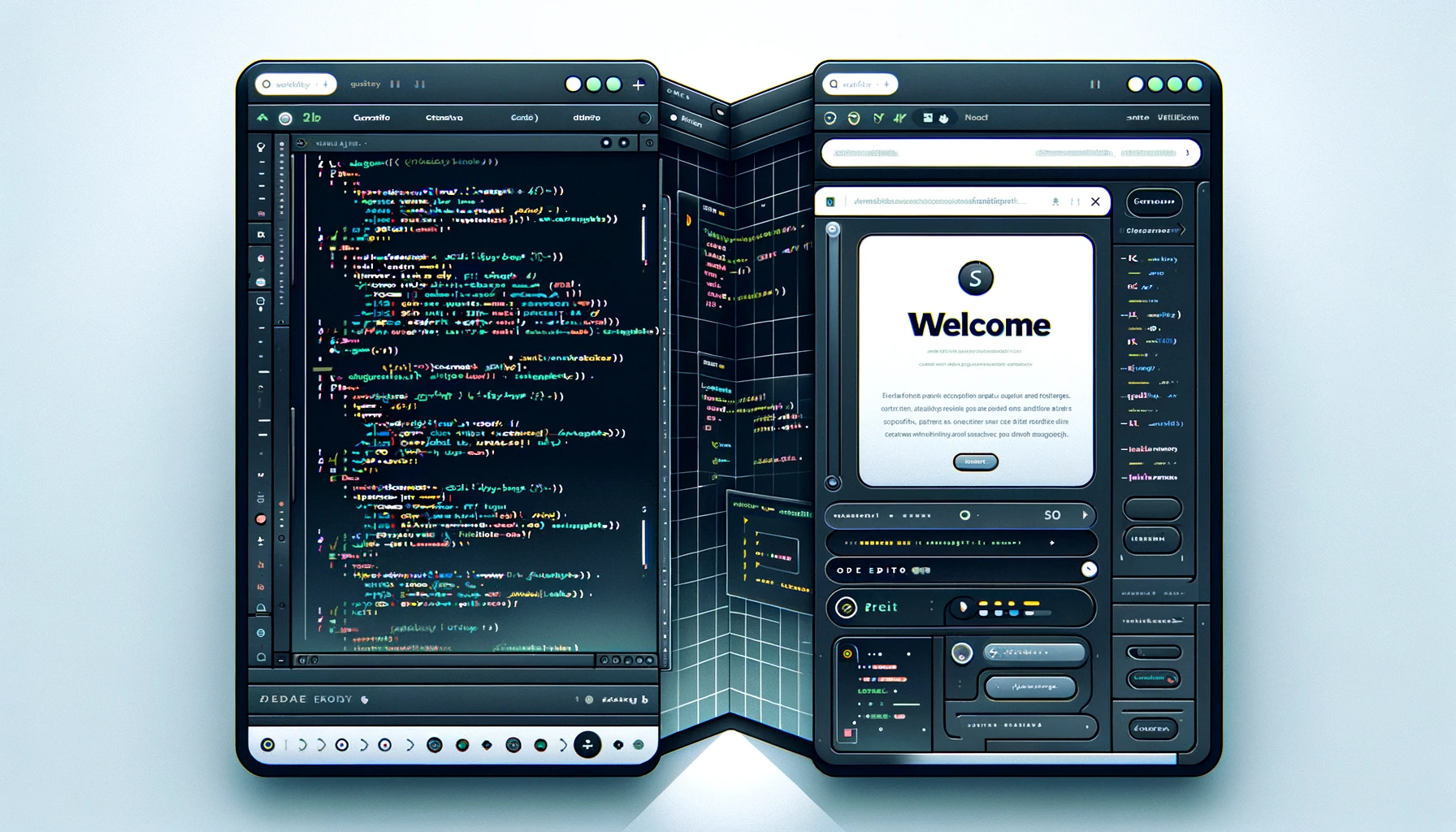
-
Authorization with Angular 17
Implementing authorization in an Angular 17 application typically involves several key steps. Angular itself does not dictate how you must perform authorization but provides tools and patterns you can use to implement it effectively. Below is a general approach you might take, focusing on client-side aspects. Remember, authorization also requires robust server-side validation and security…
Written by

-
Angular 17 nested routes demo
To demonstrate nested routing in Angular 17, let’s create a simple application with a hierarchical structure of components and routes. Angular’s routing allows us to organize the interface into a hierarchy of views, making it easier to manage complex interfaces. In this example, we’ll create a basic app with a parent route and a child…
Written by
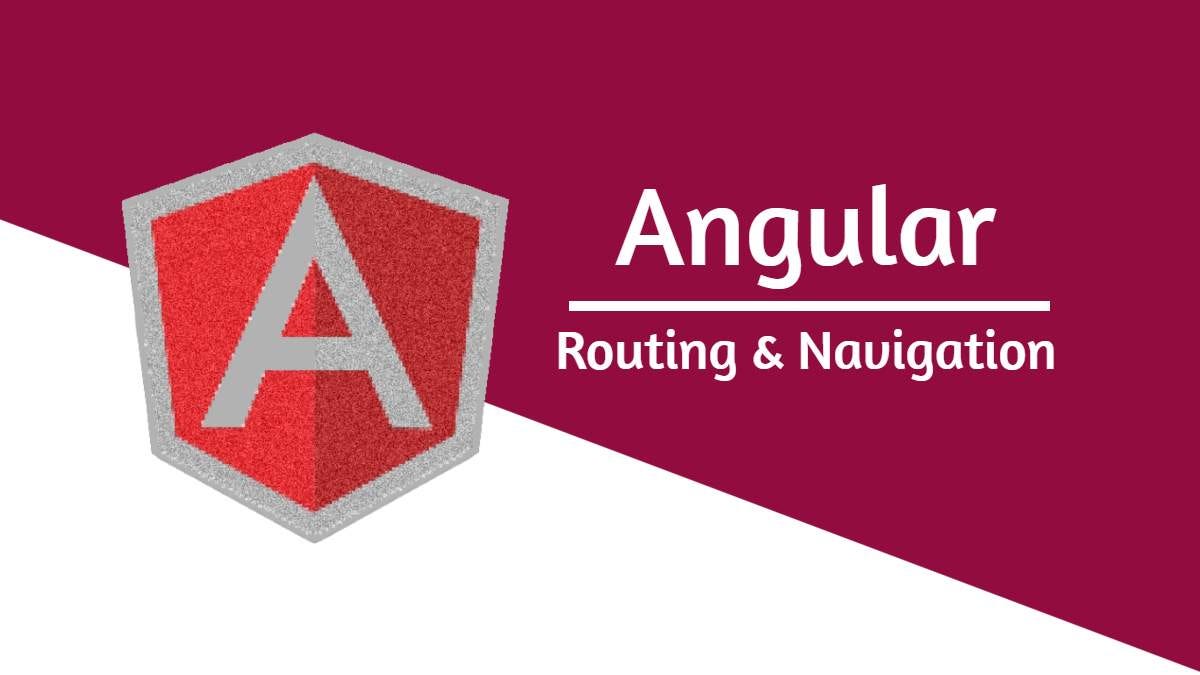
-
How to become an Angular developer?
To become an Angular developer, you need to follow a structured learning path that will equip you with the necessary skills and knowledge to build dynamic and responsive web applications using the Angular framework. Angular is a platform and framework for building single-page client applications using HTML and TypeScript. Developed and maintained by Google, it…
Written by
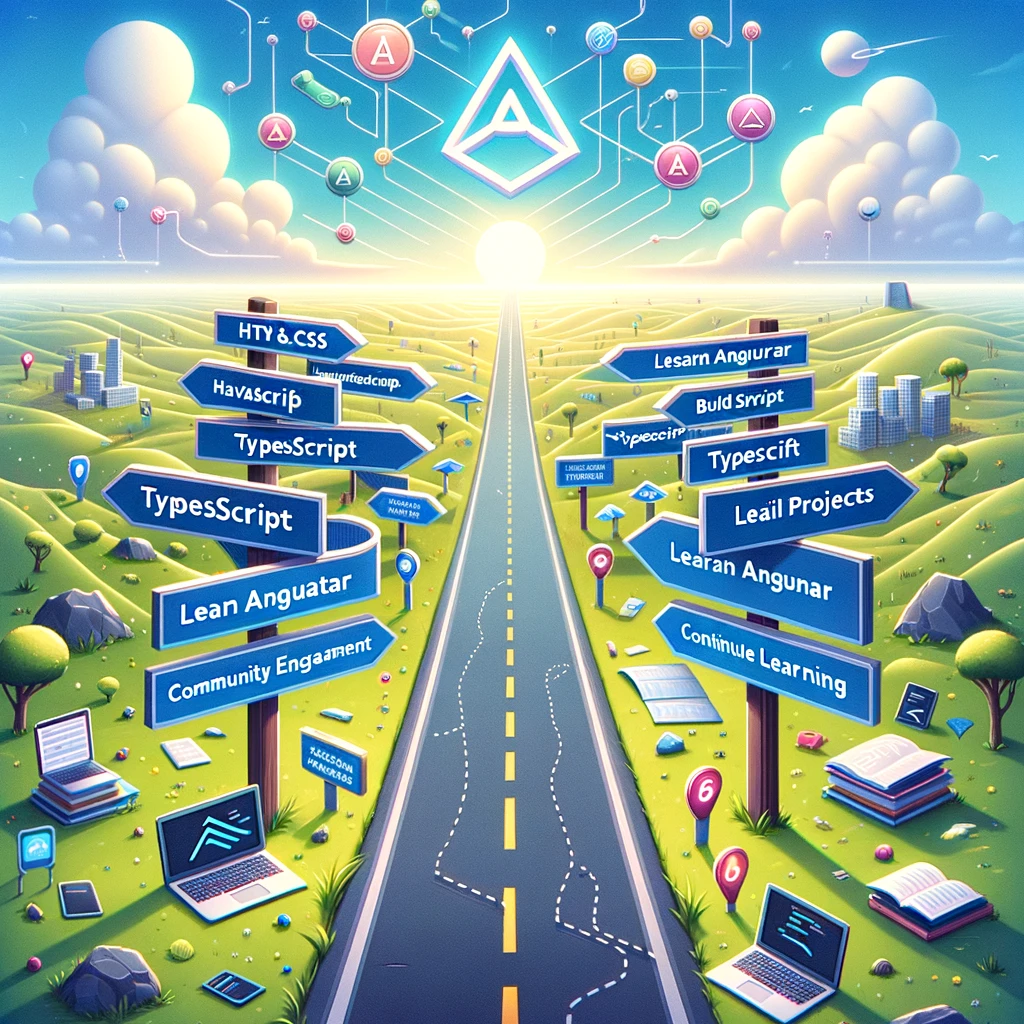
-
Angular 17 Audio Chat Application
Creating an audio chat application with Angular 17 involves several steps, including setting up the Angular environment, designing the UI, and integrating audio chat functionalities. This tutorial will guide you through creating a basic audio chat application using Angular 17. We’ll use WebRTC for real-time audio communication because it allows peer-to-peer communication that is ideal…
Written by

-
How to manage state in an Angular 17 application by making use of Signals?
Managing state in Angular applications can become complex as your application grows in size and complexity. Angular 17 introduced the concept of Signals, a new feature designed to simplify state management by offering a reactive way to track and update your application’s state without relying on external libraries like NgRx or Akita, or the complexity…
Written by
